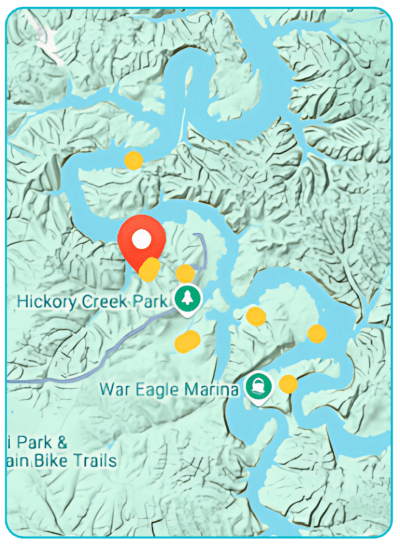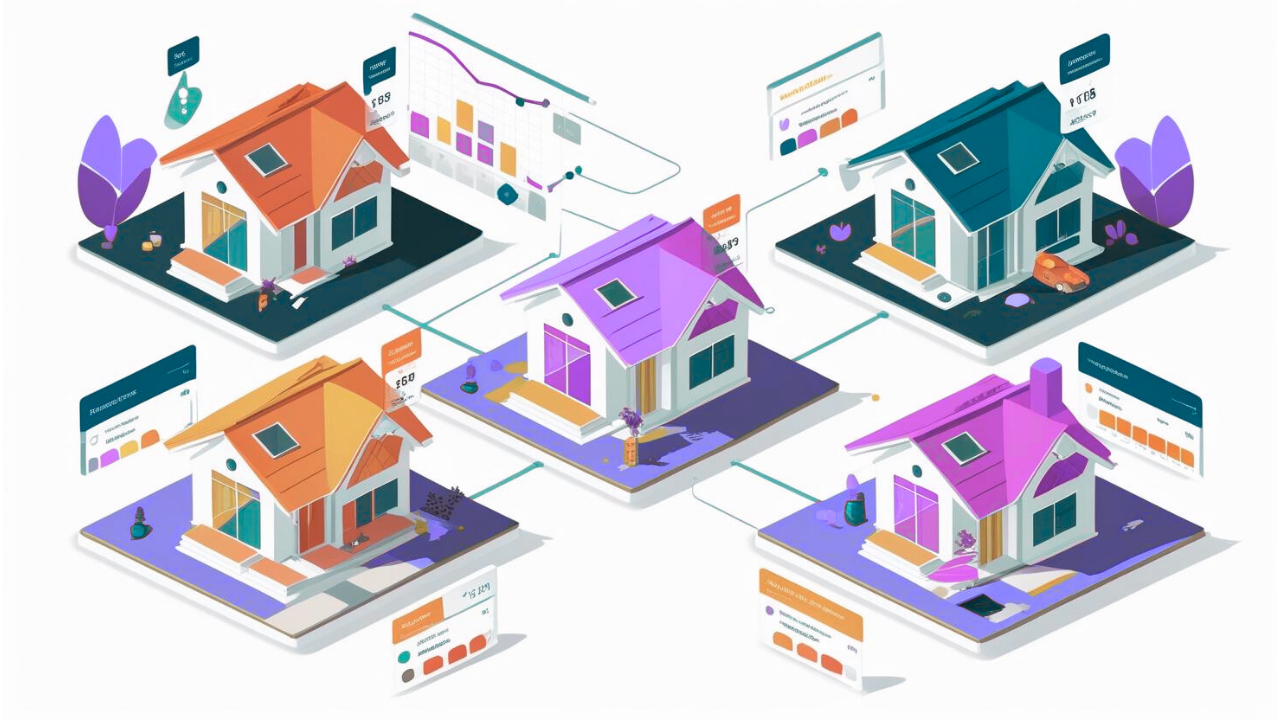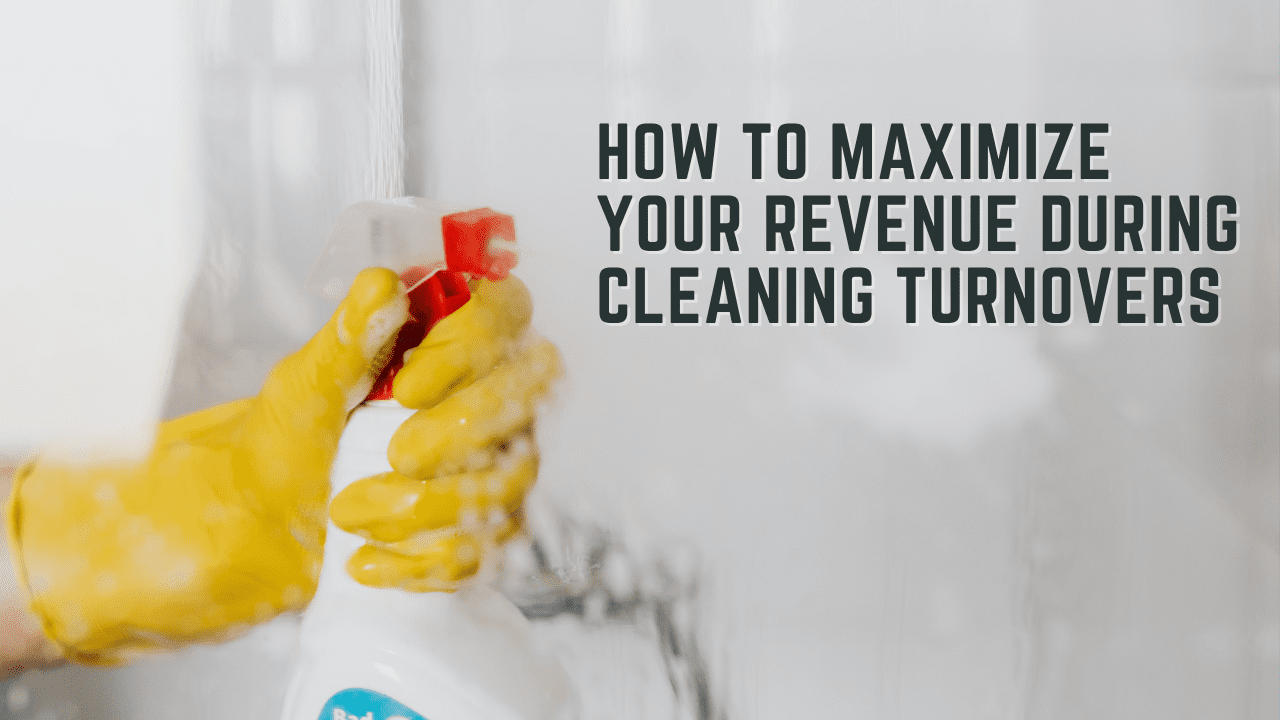What’s on this page:
What Is Price Competitiveness?
Price competitiveness refers to the difference in price of your property compared to the other properties in your surrounding market. How competitive you are is determined by the pricing gap. If a nearby property charges $100 a night less than your listing, you might be overpriced. This might explain why you haven’t received any bookings for that property: your pricing may not be competitive. Similarly, your neighbor could be charging $100 a night more than you and getting booked just as much as you are. In that case, you might be offering a discount to the market unnecessarily. Monitoring your competitiveness can help you better manage your pricing.
Property managers are obsessive about price competitiveness because it is a straightforward comparison point for the owners and the consumer to make. Without fail, any time an owner complains about the pricing of their listing they are reporting back with a screenshot of Airbnb and the listings they think are better priced than theirs. That is likely because when you look at a map view on Airbnb, it looks like this:
It is a group of properties, displayed with the price. There is a reason price is displayed instead of any of the many attributes for each property. Price has the highest coefficient of choice, making it the most critical factor for someone choosing your property.
“Price has the highest coefficient of choice, making it the most critical factor for someone choosing your property.”
Other Competitiveness Data Sources
There are other ways for managers to track competitiveness in the market. Business intelligence and pricing tools often display this data and give you a high-level view of your position. The view is an aggregation and average of a large group of properties. This data is collected from the OTA and used for pricing and analytics. Instead of a single snapshot of a stay request, this data can display a calendar of future prices for quicker comparison.
This data can be used in a similar way to the screenshot though. If a manager looks at your pricing position compared to the broader market, they may complain that you are too high or too low. This allows them to make the same comparison across a much bigger data set.
How to Respond to Pricing Complaints?
If you are a revenue manager and you get a complaint like this, how should you handle it?
Step #1 – Address the Competitors
When evaluating the concern of the owner, it is important to first explain to them who their real competitors are. Likely, the competitors that the owner has sent are not the real competitors. A simple screenshot from an OTA is not sufficient to determine who the comps are. Similarly, all of the properties in a market that would be displayed in an analytics BI tool are also not the real competitors. Every property only has a handful of true competitors at any time.
“Every property only has a handful of true competitors at any time.”
Step #2 – Price is Only 1 Attribute of Competitiveness
Being competitive on price is only one dimension of competitiveness. Price is the most important, but there are many other factors in the decision-making process when selecting a rental. All of the other attributes affect the chances someone will book a property, and those factors should explain the price difference.
“Being competitive on price is only one dimension of competitiveness.”
Step #3 – Explain the Principle of Optimization (for quibble users)
When you use a science (probability) based price optimization tool, you have the ability to express the pricing decision in probability. If the owner wants the price reduced, they are correct that it will increase the likelihood of the property getting booked. That probability can be simulated and shared with the owner. Dropping the price will also reduce the expected revenue, which should be shared with the owner.
Supporting Data
It is important to provide supporting information when you create the communication back to the owner. When describing who their real competitors are, send them a map view and a description of how they were selected. This explanation can go a long way in putting them at ease.
Also, sharing the other attributes used to set the price adds great context to the pricing decision. If you can share data with the owner, like their average review score on the OTA is 0.3 points higher than selected competitors they will likely be less concerned if their pricing is higher. You can also share with them that most of the competitors in this area have a hot tub, and that not having the amenity is causing your price to be lower.
Lastly, support your pricing conclusion with probability. Predicting human behavior is pretty hard, but not impossible. If you are using a science-based pricing model, you can express the expected outcome in terms of probability. Quantifying the impact of the price change in terms of expected outcomes will bring a lot of authority to the argument.
“Predicting human behavior is pretty hard, but not impossible.”
Humility in Communication
Lastly and in conclusion, humility goes a long way in communication. When responding to complaints, it is important to frame the response in terms of uncertainty. Forecasting is not 100% accurate, only fortune telling is. So, there is a measurable error in all of these predictions. If you need data to support your certainty, you can calculate the accuracy of your past forecasts and use that to express your certainty in the conclusion.
Join our newsletter
Dominate the short-term rental market with cutting-edge trends















